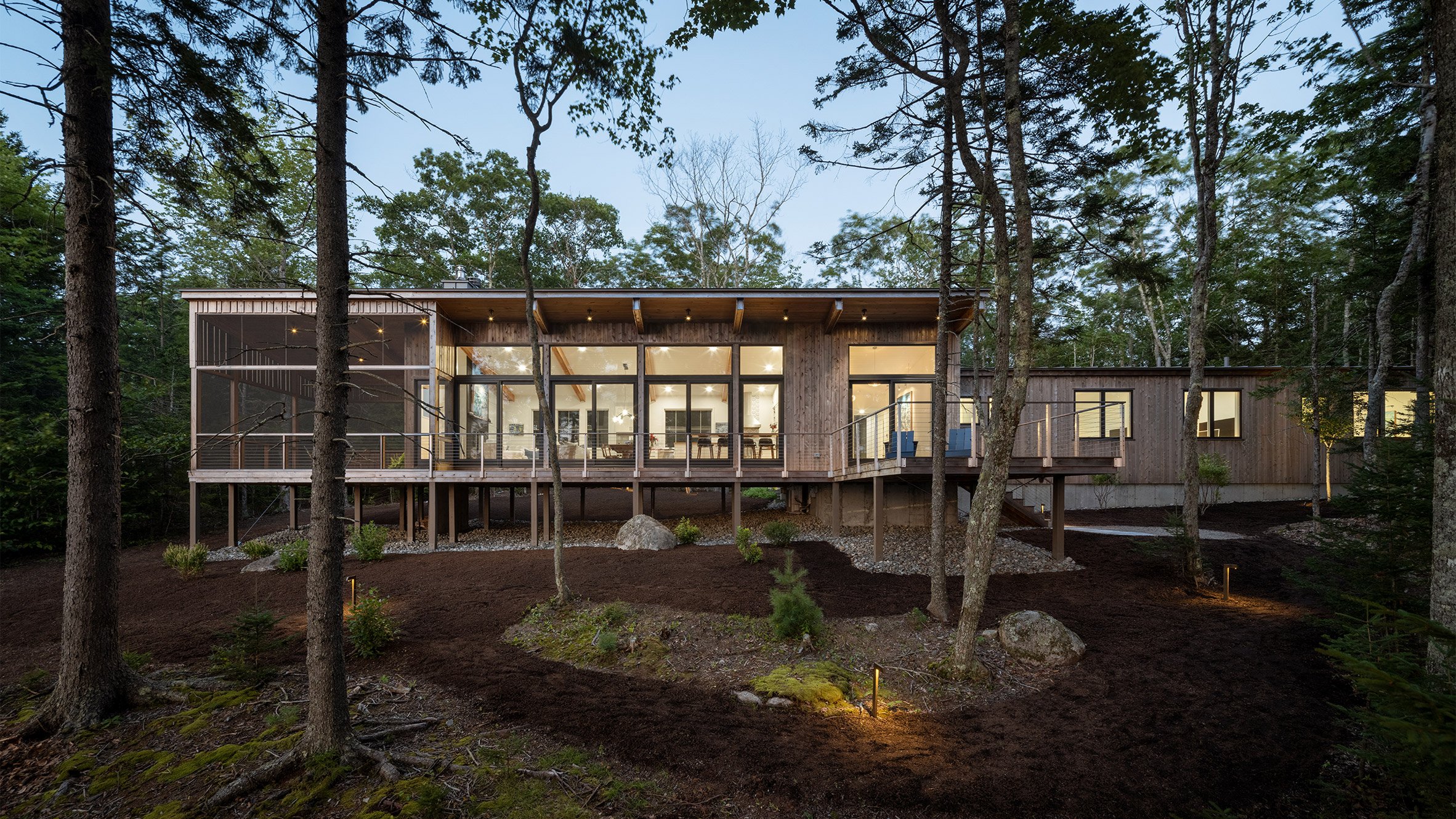Maine, often referred to as the Pine Tree State, is not only known for its picturesque landscapes and coastal beauty but also for its rich architectural heritage. Architects in Maine have played a pivotal role in shaping the built environment, blending contemporary designs with a deep respect for the state’s natural surroundings. Let’s delve into the vibrant world of Maine architects and the impact they’ve had on the state’s architectural landscape.
Architectural Heritage
Maine’s architectural journey is as diverse as its geography. From the rugged coastlines of Acadia National Park to the historic streets of Portland and the tranquil shores of Bar Harbor, each region boasts its own unique architectural style. Early Maine architecture was heavily influenced by Colonial and Federal styles, evident in the many historic homes and buildings that still grace the state today.
Contemporary Trends
In recent decades, Maine architects have embraced contemporary trends while maintaining a strong connection to the environment. Sustainable design practices, such as passive solar heating and locally-sourced materials, are commonly integrated into new construction and renovations. This commitment to environmental stewardship reflects Maine’s ethos of preserving its natural beauty for future generations.
Iconic Architects
Several architects have left an indelible mark on Maine’s architectural identity:
- John Calvin Stevens: Known for his shingle-style cottages and grand residences in the late 19th and early 20th centuries.
- Elliott + Elliott Architecture: Renowned for their modern residential designs that emphasize simplicity and integration with the natural environment.
- Susan T. Rodriguez Architecture | Design: Notable for their innovative approach to public buildings and educational facilities, blending functionality with aesthetic appeal.
Signature Projects
Maine’s architectural landscape is dotted with notable projects that highlight the state’s unique character:
- Portland Museum of Art: A blend of modern and historic architecture, showcasing Maine’s cultural heritage.
- Colby College Museum of Art: Renovated by Frederick Fisher & Partners, integrating contemporary design with the historic fabric of Waterville.
- The Jackson Laboratory: A research facility in Bar Harbor designed by Tsoi Kobus Design, featuring sustainable practices and cutting-edge research spaces.
The Future of Maine Architecture
Looking forward, Maine architects continue to innovate and adapt to new challenges, such as climate change and evolving community needs. The state’s architectural firms are increasingly involved in urban revitalization projects, mixed-use developments, and sustainable design initiatives. This proactive approach ensures that Maine’s architectural legacy remains vibrant and relevant in the 21st century.
